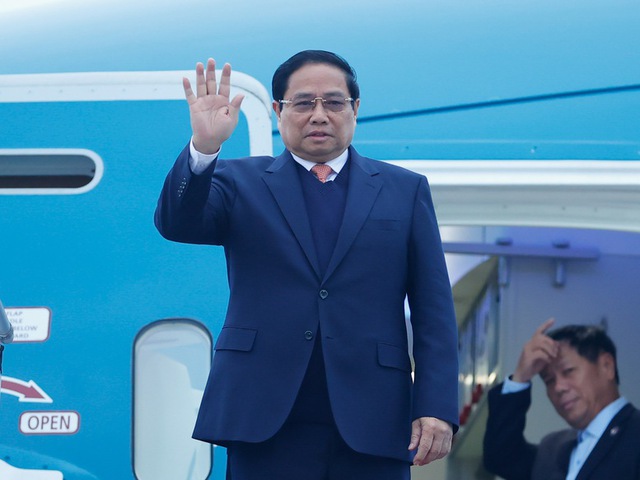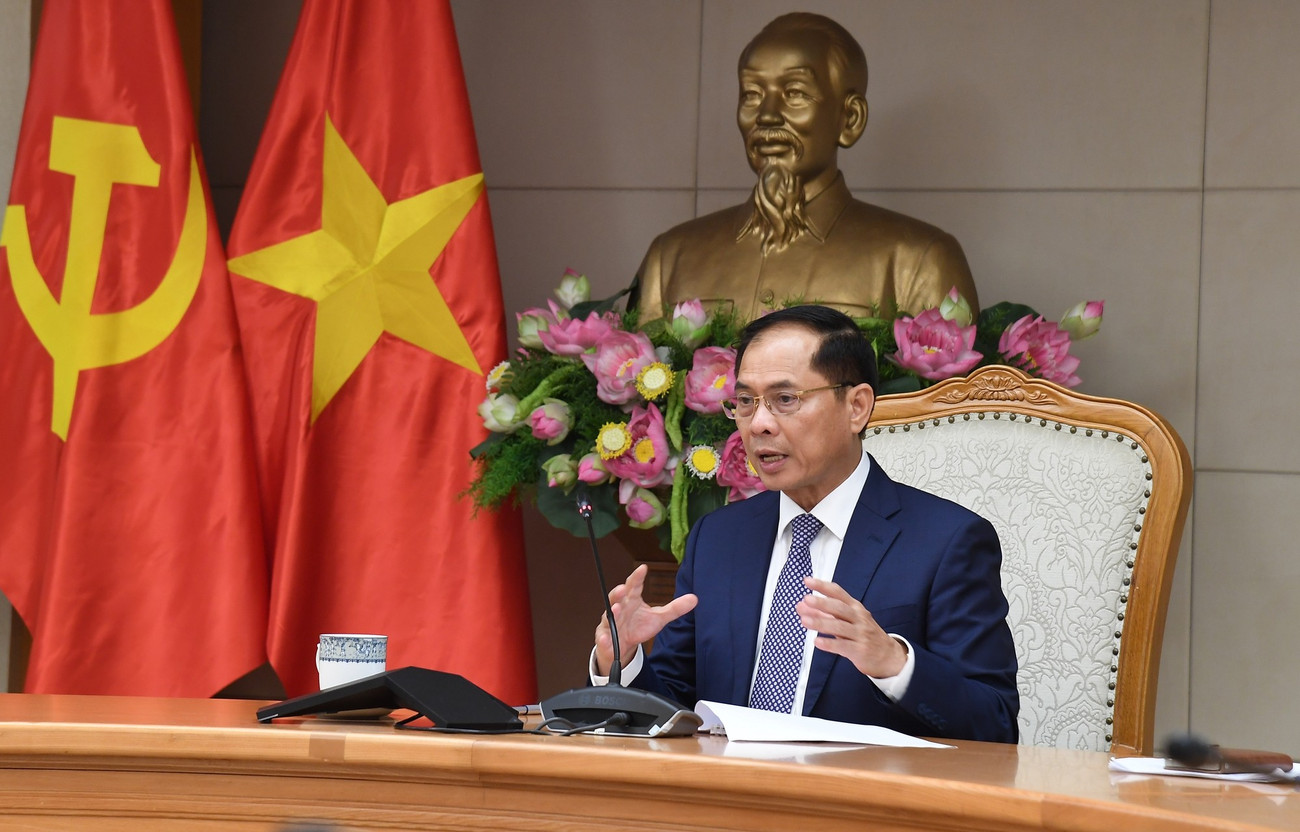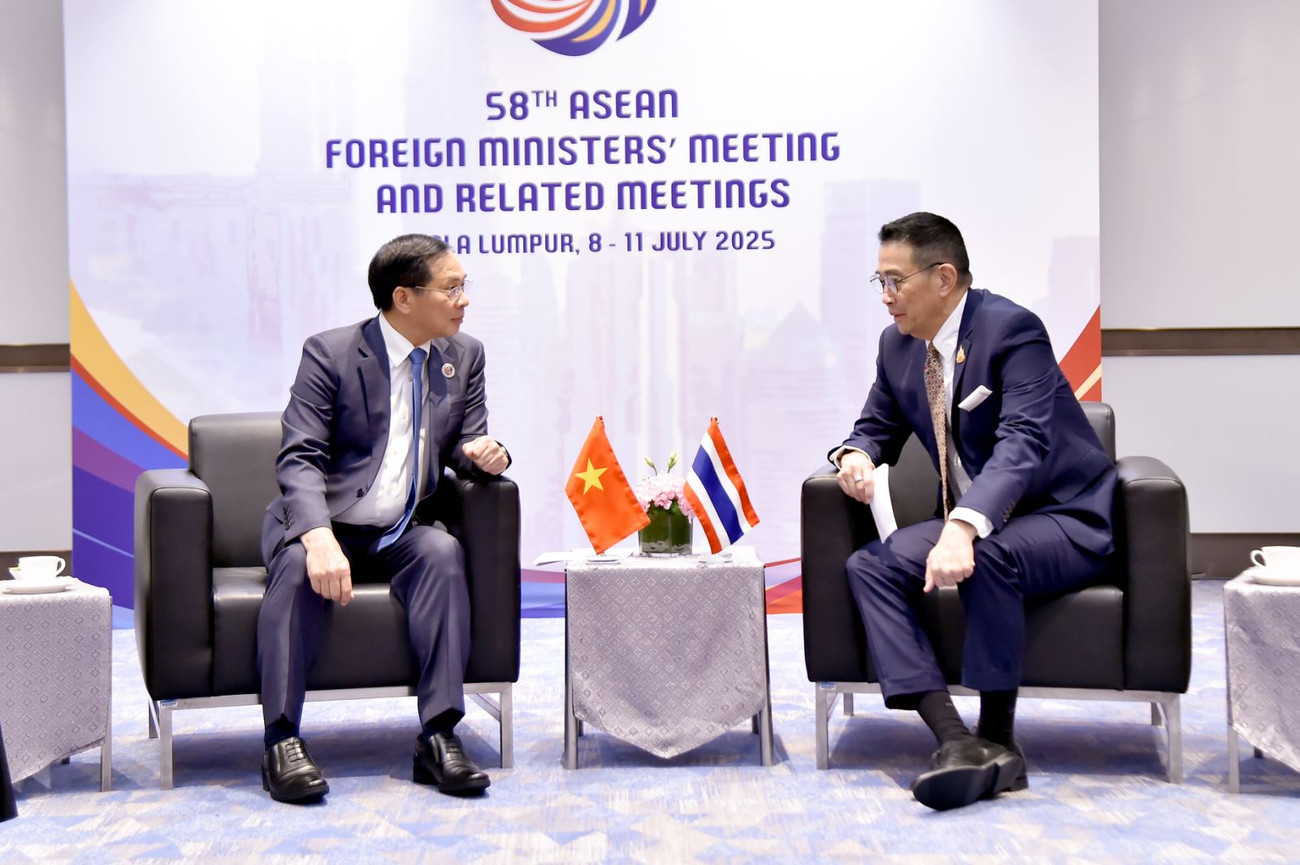MOIT VIETNAM | The Laos-Vietnam Railway would connect Vientiane, Laos' capital, with Vung Ang, a Vietnamese port city
/ News / Activities
The Laos-Vietnam Railway would connect Vientiane, Laos' capital, with Vung Ang, a Vietnamese port city
The construction of a rail link between Laos and Vietnam is expected to facilitate business between the two countries. The trip will begin in the Vietnamese city of Vung Ang and end in the Lao capital of Vientiane. The port will greatly increase access to the South China Sea and the large markets of South Korea and Japan, in addition to the existing logistic supply links between Laos and Vietnam.
Some have proposed building a railroad connecting the Vietnamese port of Vung Ang with the Laotian capital of Vientiane. You may find Vung Ang in Vietnam. The 555-kilometer route is expected to cost $5 billion US and would transform Laos into a land-connected country. This will facilitate more business between Laos's provinces and its ASEAN neighbors. Work is set to begin in November 2022, but there is currently no information on when it is expected to be finished.
.png)
The most practical and easily accessible seaport to reach Vientiane is located in Vung Ang, and this is the route that connects the two cities. As a result of its connection to the Laos-China railway, this route will facilitate the movement of products between northern Laos and southern China. Because the railway connects at interchange stations with Vietnam's North-South line, a link from Hanoi to Vientiane may be built.
In all, there are 417 Vietnamese projects in Laos, with a total value of $4.3 billion. This has led to Vietnam being one of the top three international investors in the country. As a consequence of this latest development, ties between the two countries will strengthen, and economic activity across the ASEAN region will rise.
To further develop the Laotian economy, the deep-sea port of Vung Ang, located in Vietnam, is essential. This is due to the fact that the port facilitates an increasing volume of maritime trade and transit links, both of which are vital to the growth of the economy. More than sixty percent of the port is managed by the Lao government, which provides the country with convenient access to the South China Sea, the central region of Vietnam, the northeastern region of Thailand, and important markets in Asia such as China, South Korea, and Japan. The Vietnamese government has given its approval to a concession deal that will be in place between that country's government and the Laotian government for the next half-century.
.png)
Now, container ships up to 2,000 TEUs and cargo ships up to 50,000 dwt may dock at this port. These two categories of vessels are welcome to make port calls here (TEU). The port is expected to be able to handle more than 20 million tons of dry bulk cargo annually by the year 2030. Depending on the quantity of items being sent, the train ride from Southeast Asia to Europe might take a bit more than 10 days. The bulk of ASEAN exporters take advantage of the 45-day transit time from Singapore's enormous ports to Europe.
.png)
In the year 2021, Vietnam broke new ground by becoming the first country to begin delivering commodities by train to European destinations. The first container departed Hanoi in July of that year, and it landed in Liege, Belgium one month later. They are both in the Belgian country. It all starts in China, when a connection is made to the direct route between Asia and Europe. The route then goes via Kazakhstan, Russia, and Belarus before finally ending.
China's introduction of freight train services to Vietnam this year has facilitated trade between the country's western cities. A member of ASEAN, Vietnam is located in Southeast Asia (ASEAN). Chongqing (Guoyuan Port) and Chengdu, both in western China, are connected to Hanoi, the capital of Vietnam, through these corridors.
-
/ News / Activities
Prime Minister Pham Minh Chinh’s Strategic Visit to Laos Marks New Chapter in Bilateral Relations
Prime Minister Pham Minh Chinh’s official visit to the Lao People’s Democratic Republic and his co-chairmanship of the 47th meeting of the Vietnam–...
-
/ News
Deepening Cooperation, Strengthening Regional Unity
On the afternoon of July 28, 2025, at the Government Headquarters in Hanoi, Deputy Prime Minister and Minister of Foreign Affairs of Vietnam, Mr. B...
-
/ News / Activities
Vietnam and Laos Accelerate Toward Deeper Regional Integration and Unprecedented Trade Growth
In an era where regional connectivity and economic resilience are critical pillars for national development, Vietnam and Laos are emerging as a mod...





